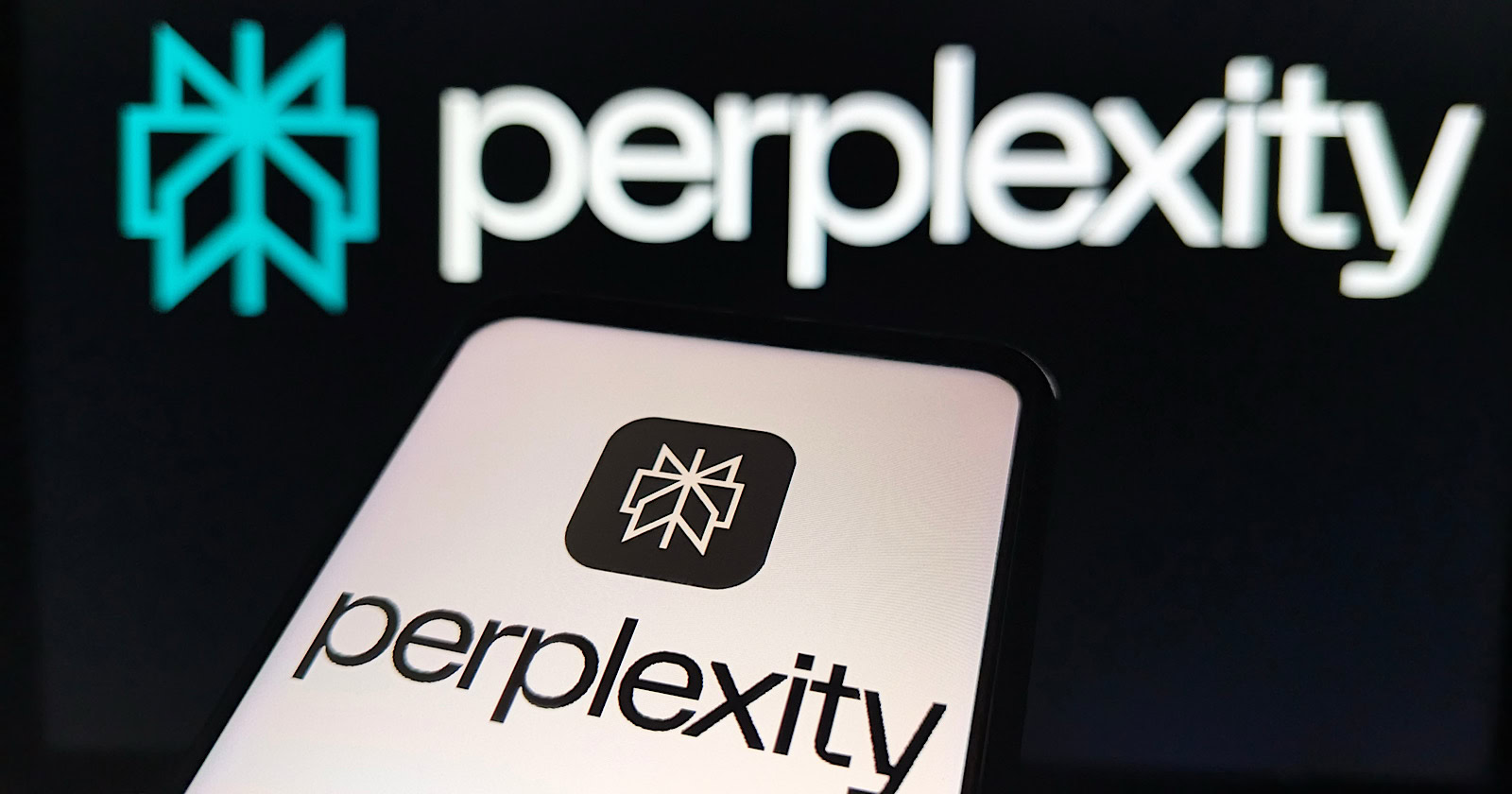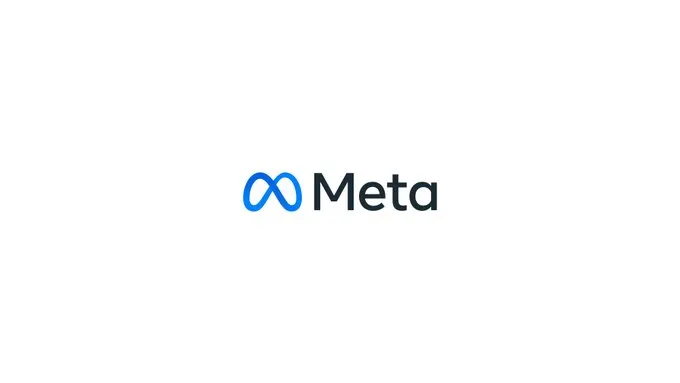Don't Let SMART Fitness Goals Stop You From Dreaming Big
If you have big aspirations for 2023—a big deadlift, a marathon, a change in the size of your body—I sure hope you haven’t translated them into the limited, pass-fail box-checking of a SMART goal. But I do hope that...


Photo: Duet PandG (Shutterstock)
If you have big aspirations for 2023—a big deadlift, a marathon, a change in the size of your body—I sure hope you haven’t translated them into the limited, pass-fail box-checking of a SMART goal. But I do hope that you’ve made yourself some SMART goals to guide you through the process. Let me explain.
Why SMART goals are different from Dream Goals
SMART goals have long been heralded as a goal-setting life hack, but the truth is that they were invented for mangers to set quotas and such for their companies (the original “A” stood for “assignable,” as in, to an employee).
A SMART goal, as it’s talked about it the fitness world today, is Specific, Measurable, Attainable, Relevant, and Time-bound. Put together, this means you set a deadline by which time you expect to achieve a specific measurement of an outcome. In other words, you’ve turned it into a pass-fail test.
And because you wouldn’t want to fail that pass-fail test, creating a proper SMART goal means that you need to set the bar low. The goal has to be Attainable, remember? When you look at it that way, SMART goals are not goals in the way I would think of the word, in the sense of big dreams that inspire us to keep going. But we can use them as benchmarks to be hit on the way to what I’ll call our Dream Goals.
How to dream big while still setting process goals
I’ve written before that SMART goals are overrated, but to be honest, they make a good framework for process goals. Process goals are things that are fully in our control. They are Attainable, by definition. For example, going for a run three times a week is a process goal. Eating a vegetable at every meal is a process goal. Following a program that tells you to do five sets of eight reps of deadlifts every Tuesday is a process goal.
And the point of a process goal is to put you on the path to your big Dream Goal. I like to think of it this way: Your Dream Goal is a big mountain off in the distance. You know it’s there, but you don’t know exactly how far away it is, or how tough the journey will be. Your process goals are things that will keep you on the path toward that mountain. Packing your bags. Putting one foot in front of the other. Or as Peloton instructor Tunde Oyeneyin puts it (right before telling me I better beat my score from her last burpee circuit): “A goal is a wish. A standard holds us accountable.” We need both.
I can’t emphasize how important it is that we allow ourselves to dream big. “Take 1 minute off my 5K race time this year” is attainable, but why limit yourself to that? “Run a 5K in under 20 minutes” is a big-as-hell dream (especially if you’re around 30 minutes right now) but it’s very much worth working for. The path up that mountain might be a long one, but it’s not going to walk itself.
How your SMART goals can support your Dream Goals
So, let’s start charting that path. As with any trip up a faraway mountain, you won’t know quite what the road is like until you get there. So focus on what’s right in front of you and what you can control.
Here’s an example of how you can set some SMART process goals to guide you toward a big dream that may or may not be achievable. Let’s say you’re a runner, and you want to be a faster runner. You might chart out a journey like this:
Dream goal: Run a 20-minute or faster 5K (someday)
Process goals:
Build up my aerobic base by running a few more miles each week, until I am running 20 miles a week.Run a time trial at the track, both as a benchmark and so I can calculate my training paces.Follow the Hal Higdon Intermediate 5K Training Program as written.Run the Big Local 5K in my city this spring.Write down my time, assess my strengths and weaknesses, and decide on a new set of process goals for summer training.See how each of these is a SMART goal?
They are all specific enough that you know each day what to do. (I’ve given a mileage number and picked out a specific training program, but obviously you would choose your own.) They are measurable: You hit the miles, you check off the number of workouts programmed. They are attainable: You have full control of whether or not you go out for a run. (Obviously, if you don’t have full control over this due to life circumstances, you would write a different set of goals that take those circumstances into account.)They are relevant: They all set you on the path toward being a faster runner at the 5K distance.They are time-bound: From this framework, you could sit down and schedule every single run on your calendar for the next three or four months. (You would work backward from the race date to find the start of the training program, and so on.)These goals define your process, and then you get to reassess. After the Big Local 5K, do you want to do more specific 5K training to get faster? Do you want to train for a marathon for the base-building opportunities and because you kind of like the idea of a side quest? Or might you find that your other goals in life conflict with this one—perhaps you’d rather take the summer off to do more paddleboarding, and return to run training in the fall?
This way, you still get to dream big, but you know you’re always on the path to those big goals—at least as long as you want to be. Shoot for the moon, and if you don’t make it, at least you’ve built a good damn rocket ship along the way.

 BigThink
BigThink 
































